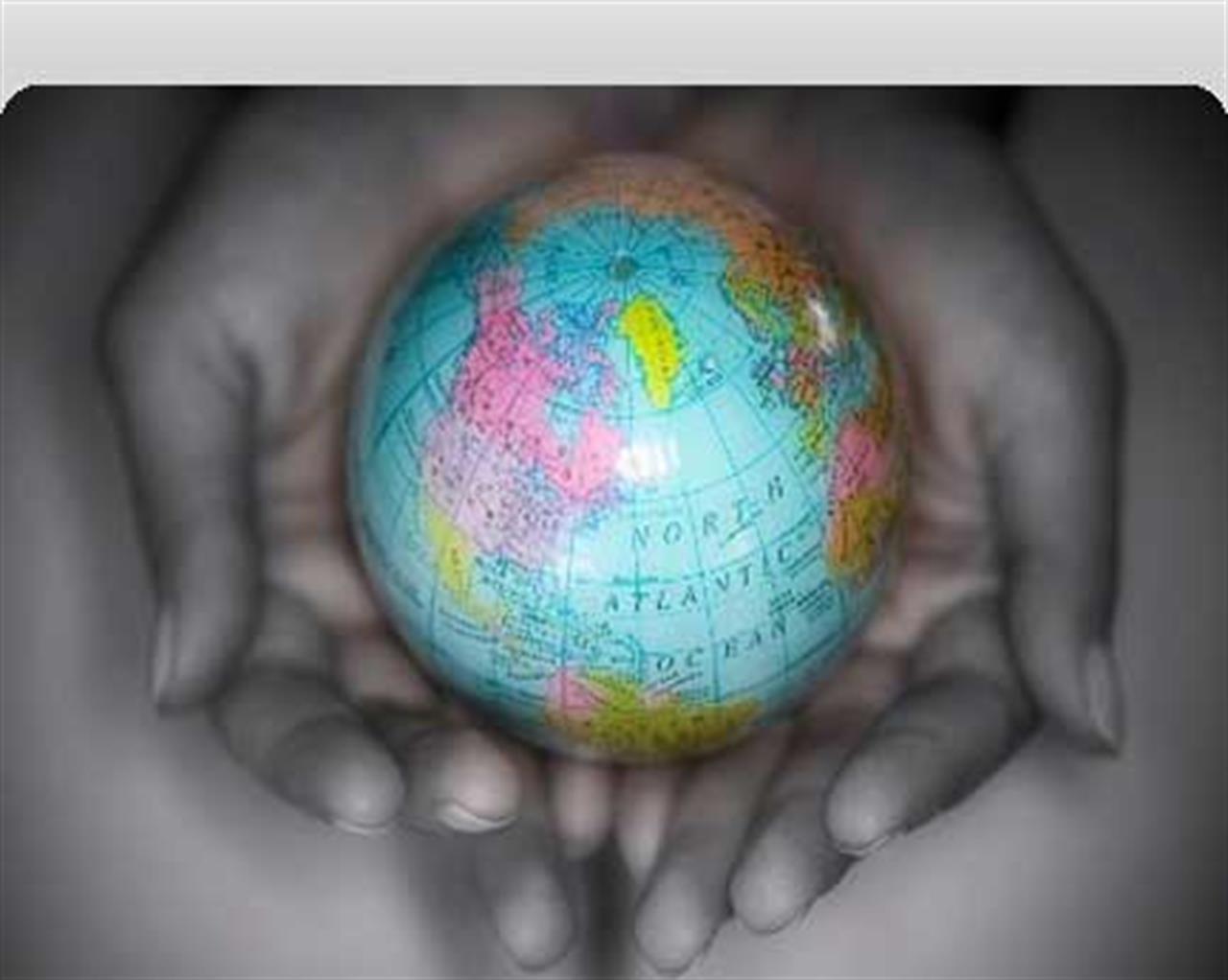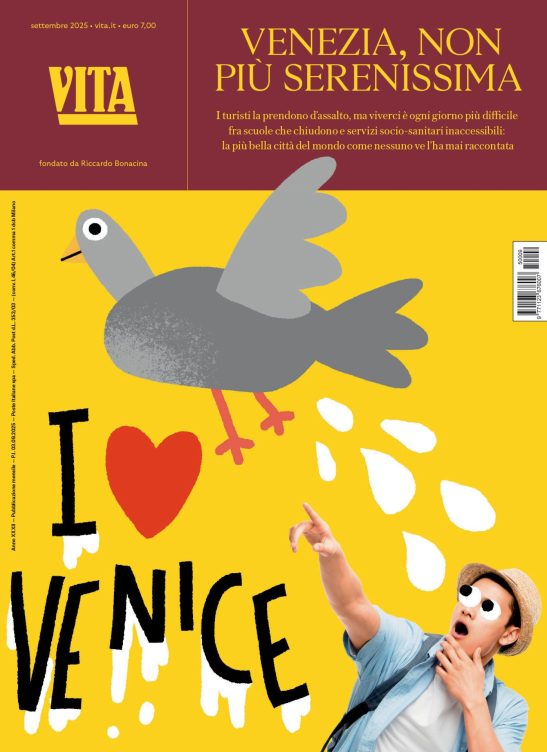Sostenibilità
Belgium: Fun with green clothes on
Selene Biffi talks to Kadri Kalle about AEGEE’s latest green developments
di Staff

AEGEE is the largest student-run organisation in Europe, renowned for projects involving young people in cultural exchanges, human rights and politics. Missing – until now – was a stronger focus on the environment. Kadri Kalle, Project Manager of the ‘Sustaining our Future’ initiative talks to us about the project and its impact on European youth.
How did the idea of Sustaining our Future come about? What prompted you to start it and what was the background?
There was a small group of AEGEE members, all of us were young people. We wanted to put more focus on environmental problems and sustainability within our organisation. We saw that there was a plethora of environmental organisations, and what we wanted was to implement some ideas into our own organisation, in order to reach out and get more members involved. By spring 2007 the idea became a flagship project of AEGEE.
How has it evolved since your initial vision?
Sustainable Development is a huge issue, so in the very beginning there was no concrete focus. It took us a while to start developing the project, starting with a few meetings to explore the subject and related issues, develop aims and objectives and design activities. Basically, it came into its own slowly, over time.
Of course, it has changed a lot since the initial idea. But we also lacked a clear vision, so I think we can just call it a “natural evolution” of the project.
What is your mission? What do you offer?
I guess we have a twofold mission.
First, to inform about the different aspects of sustainability; that is to say how culture, society and the environment are connected to one another, and how changes in these areas also affect our daily lives.
The second part is to become more environmentally conscious as an organisation, by educating our own members as well as organising events which make a small ecological footprint. We’re a youth-led organisation, so we try to combine having fun and being responsible, bringing in environmental aspects, not only to the functioning of the organisation, but also into our own personal lives.
What are the main milestones?
I wouldn’t actually bring out milestones as such. To me it has been just one big work in progress. The project has grown, the topics have developed, the people running it have also grown a lot with it.
The main activities of the project were scheduled for 2009, so most of them are still in the making. What was new and big for us though was our participation in the World Conservation Congress in Barcelona in October 2008. It was great to suddenly be “on the map” as a group of young people and as an organisation trying to contribute to a more sustainable future.
What kind of an impact do you expect to have?
Since our project aims to change the way people think and act, it would be rather hard to measure its impact in the short run. We see this project as a start for a longer-term change which needs time to get used to. We hope that AEGEE members and young people in general will think more about their impact on the environment. We want to create easier ways for young people to make these changes, to move towards sustainability, to be more active and informed about these matters.
Any upcoming events or projects?
I am very excited about a meeting in Copenhagen called ‘Sustainable SCANdinavia’, about sustainable lifestyles.
In June, our whole network will celebrate the World Environment Day under the auspices of the European Day of Environment. In August and September we will have events focusing on the connection between the Danube river and the societies, cultures and environment around it. As the year draws to a close, we will organise a conference about urban environment and the role of active citizenship.
What would you like to tell other young people who may want to do something?
We have events open to everyone, so anybody can join and we also cooperate with other organisations.
In general, I think that any action starts with a view for change. And then you just need to get informed on what’s going on and what needs to be done. Finally, you need to gather enough courage and initiative to make it happen. Once you’ve done it, it’s such a great feeling!
Find out more: www.aegee.org/sustaining
Cosa fa VITA?
Da 30 anni VITA è la testata di riferimento dell’innovazione sociale, dell’attivismo civico e del Terzo settore. Siamo un’impresa sociale senza scopo di lucro: raccontiamo storie, promuoviamo campagne, interpelliamo le imprese, la politica e le istituzioni per promuovere i valori dell’interesse generale e del bene comune. Se riusciamo a farlo è grazie a chi decide di sostenerci.
